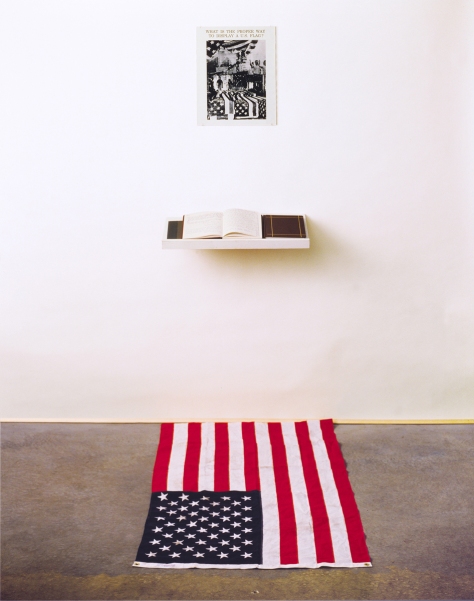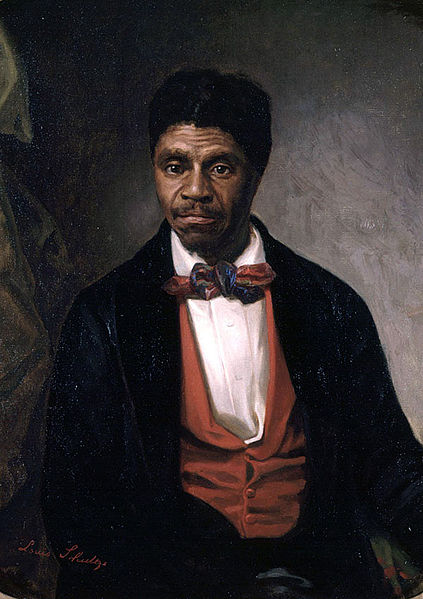Rene Magritte, a Belgian artist, was a Surrealist painter largely eminent for his thought-provoking works that challenge the viewers’ perception of reality.
“My painting is visible images which conceal nothing; they evoke mystery and, indeed, when one sees one of my pictures, one asks oneself this simple question, ‘What does that mean?’ It does not mean anything, because mystery means nothing, it is unknowable.”
One of the most controversial works produced by Magritte, The Rape has had mixed antiphons from the audiences. This painting has been comically appealing, repulsive and also introspective to the viewers. The Rape is an image of a woman’s head, with the facial features replaced with the lineaments of a woman’s torso- the eyes replaced by breasts, nose by belly-button, and mouth by a vagina. This is the most interesting aspect of the painting, also the most blatantly obvious.
The most overwhelming interpretation behind this artwork is how the superimposition of a female torso on a woman’s face elucidates the way in which we as a society objectify women. More accurately, the way in which men look at women- only for their bodies. This work reveals the sinister side of the monstrous minds of men and society, while also making commentary on the issue of the oppression of women at the time. Magritte once said, “In this painting, a woman’s face is made up of the essential features of her body.” He has created an “ideal” woman.He has created a woman with no sense organs and no voice, and thus a woman that has no presence. She exists solely as a body meant to satisfy man’s most primal desire.
Below is an analysis of the painting by Susan Gubar from her article “Representing Pornography: Feminism, Criticism, and Depictions of Female Violation” (1987, pg. 722).
“Endowed with blind nipples replacing eyes, a belly button where her nose should be, and a vulva for a mouth, the female face is erased by the female torso imposed upon it, as if Magritte were suggesting that anatomy is bound to be her destiny. That the face associated with the body is sightless, senseless, and dumb implies, too, that Magritte may be subscribing to the view of one of William Faulkner’s fictional surrogates, a man who celebrates the feminine ideal as “a virgin with no legs to leave me, no arms to hold me, no head to talk to me” and who therefore goes on to define woman generically as “merely [an] articulated genital organ.”
While an anatomical surprise turns the female into a bearded lady, the articulation of the woman as genital organ makes her inarticulate, closing down all of the openings that ordinarily let the world enter the self so that Magritte’s subject seems monstrously impenetrable or horrifyingly solipsistic. Paradoxically, even as it fetishizes female sexuality, Le Viol denies the existence of female genitalia, for the vulva-mouth here is only a hairy indentation. In this reading of the painting’s title, the represented figure-robbed of subjectivity and placed on display like a freak-deserves to be raped: this is the only consummation which will penetrate her self-enclosure and, given the humiliation of her fleshiness, it is all she is good for. When the female is simultaneously decapitated and recapitated by her sexual organs, the face that was supposed to be a window to the soul embodies a sexuality that is less related to pleasure and more to dominance over the woman who is “nothing but” a body.”
Beyond the obvious portrayal of an objectified woman, The Rape includes some slight parallels to Magritte’s own life. When he was 13, Magritte’s mother committed suicide by jumping into and drowning herself in the Sambre River. Apparently, this was not the first time she had attempted to take her own life and she had been self-harming for several years. A few days after she was reported missing, her body was found a mile down the river. When authorities pulled her out of the water she was completely naked, except for her face, which was covered by her mutilated nightgown. Magritte, who was young at the time, bore witness to the event, and aspects of her death often appear in his several works of art, including The Rape.
A different idea is that the flat head and neck are representative of male genitalia, and the hair has the appearance of pubic hair. With the head and neck merging into the hair, Magritte has painted the act of rape itself. This is the most striking vision and is perhaps suggestive of the way Magritte suggested he wanted to scare with his paintings, to provoke. This piece is also interpreted by critics as a metaphor for post-war Europe. The work was painted at the end of the war and symbolizes the re-arrangement of the continent and violations of human rights caused by both sides.
This painting is powerful in the sense that it forces us to confront so many concepts we try to brush aside in our society. All of Magritte’s works aimed to provoke the iconoclastic in you, and he rightly served his purpose with this one.







